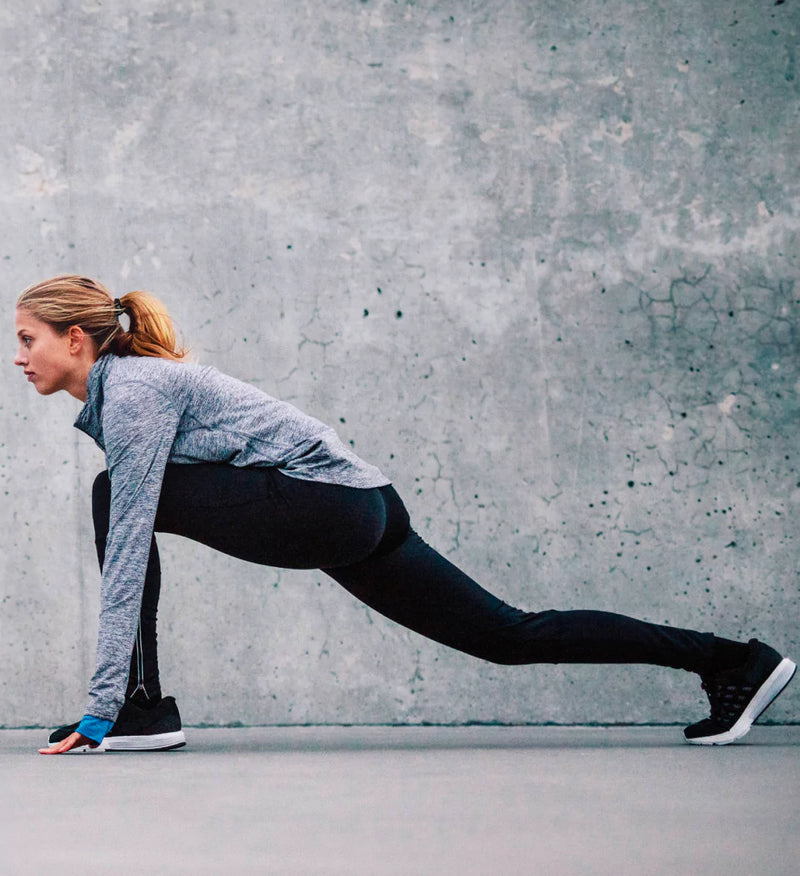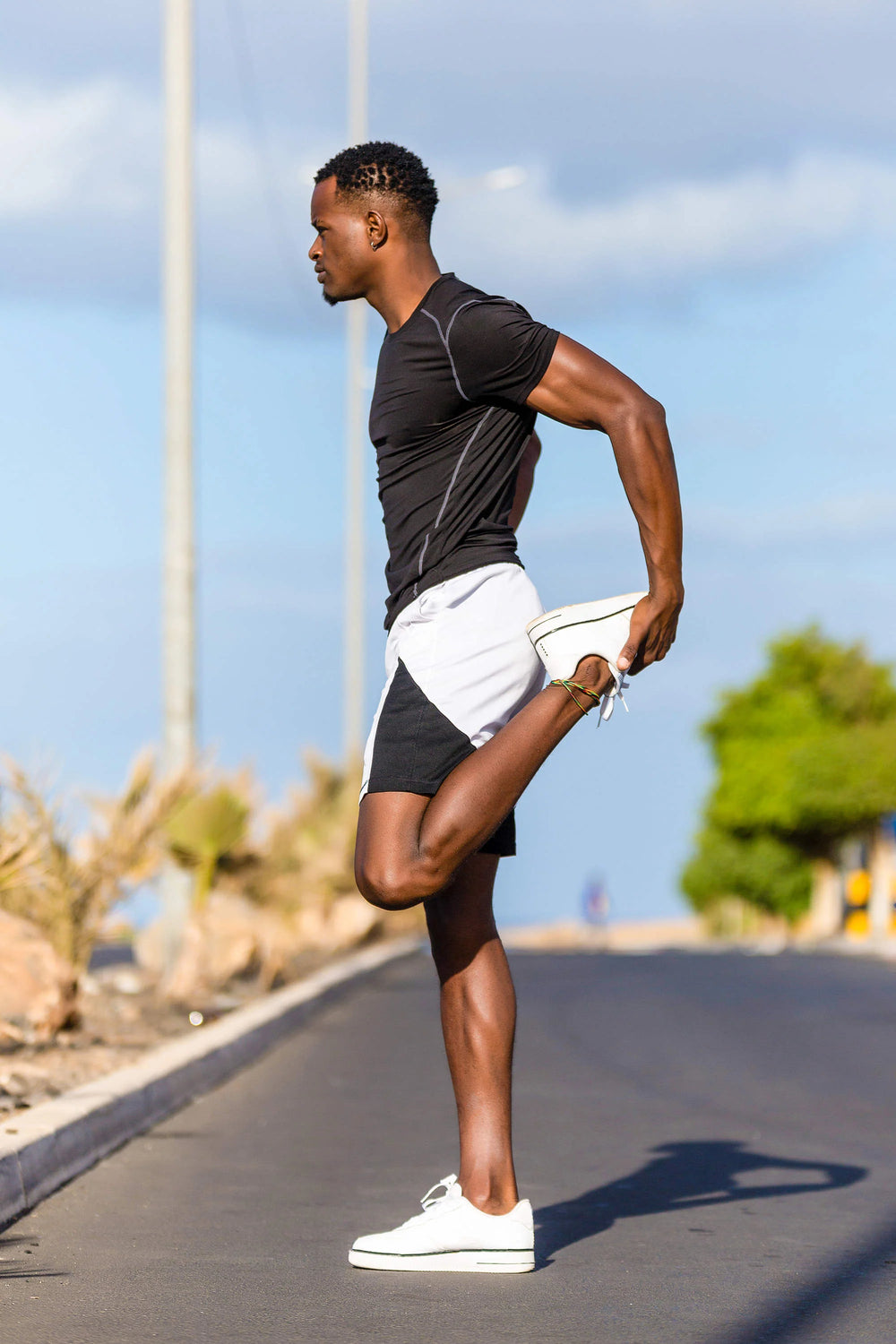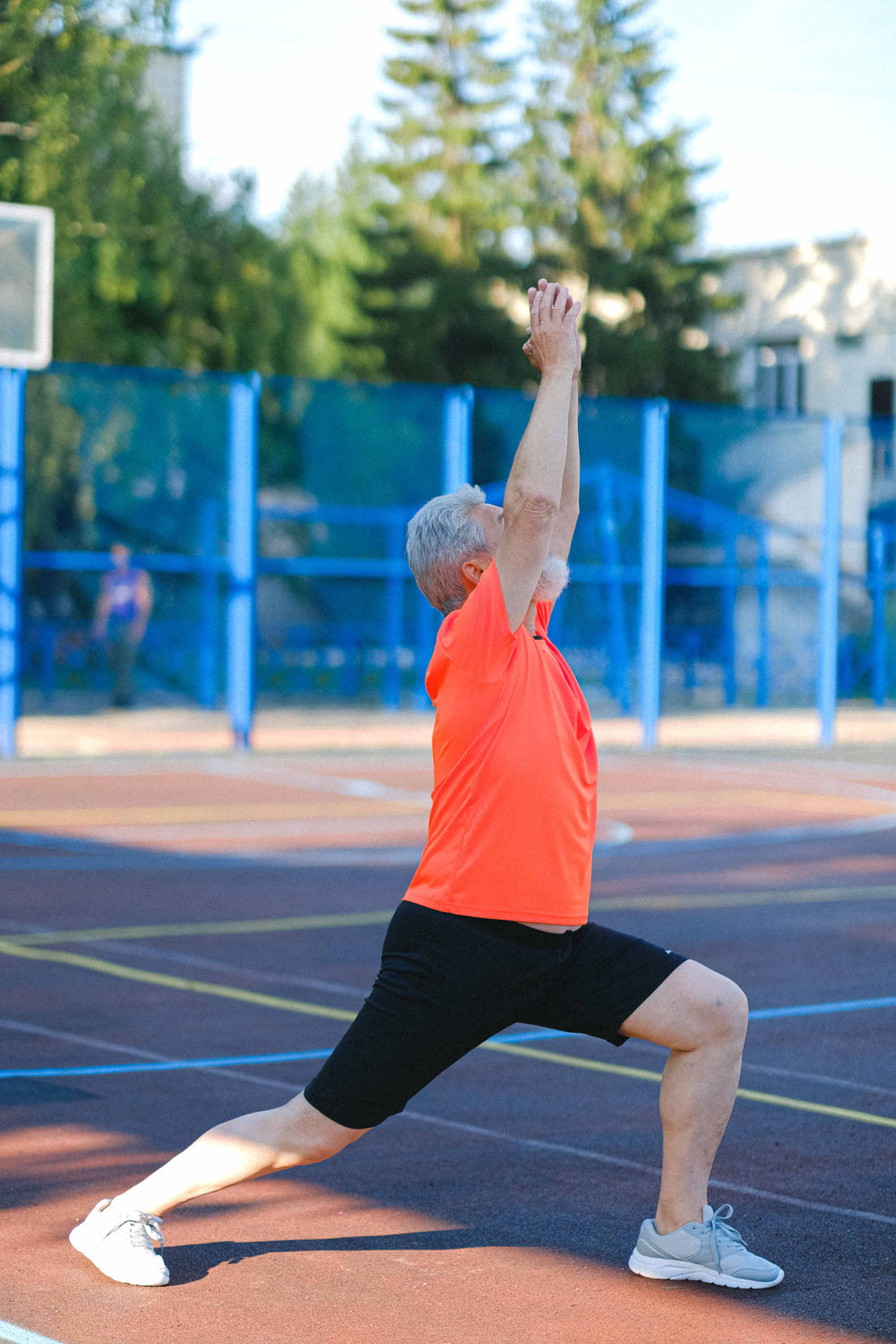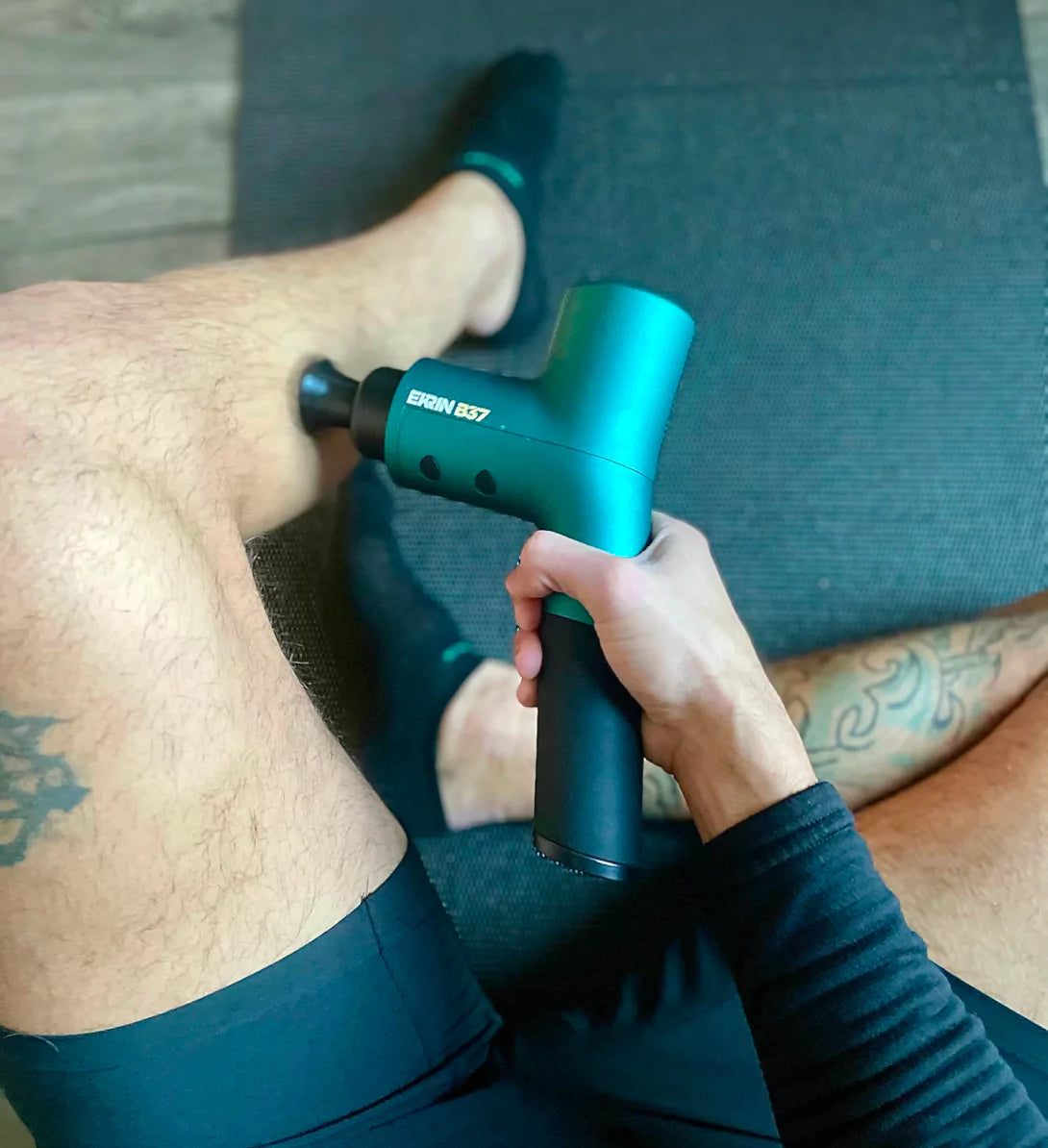Stretching has long been a part of the routines of athletes, bodybuilders, yogis, and the everyday fitness enthusiast. Despite its longstanding role in the fitness world, stretching has become the source of some confusion — and degradation. Research studies on stretching as it relates to physical fitness and athletic performance are conflicting. Some studies say stretching helps; others say it harms performance; still others say it does nothing at all. At Ekrin Athletics, we believe stretching has a beneficial place in the fitness routine of the everyday athlete.
Lifetime Warranty • HSA/FSA accepted
-
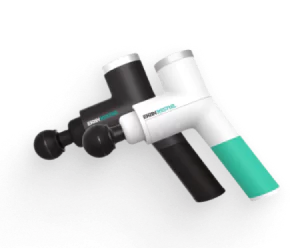 4.8 114 reviews
4.8 114 reviewsEKRIN Kestrel
30% OffDesigned for those who want the very best.
-
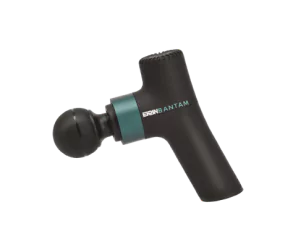 4.8 1050 reviews
4.8 1050 reviewsEKRIN Bantam
25% OffCompact, slim, and lightweight.
-
 4.8 1805 reviews
4.8 1805 reviewsEKRIN B37
25% OffThe benchmark in percussive therapy.
-
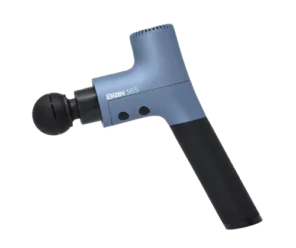 4.8 301 reviews
4.8 301 reviewsEKRIN 365
25% OffPure ergonomics. Slim and lightweight.
-
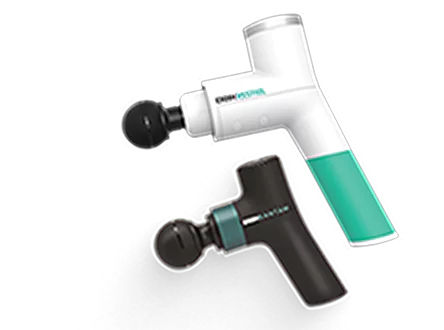
EKRIN Recovery Bundle
30% OffThe most powerful and the most portable in one bundle.
-
Products

-
Accessories

-
How It Works
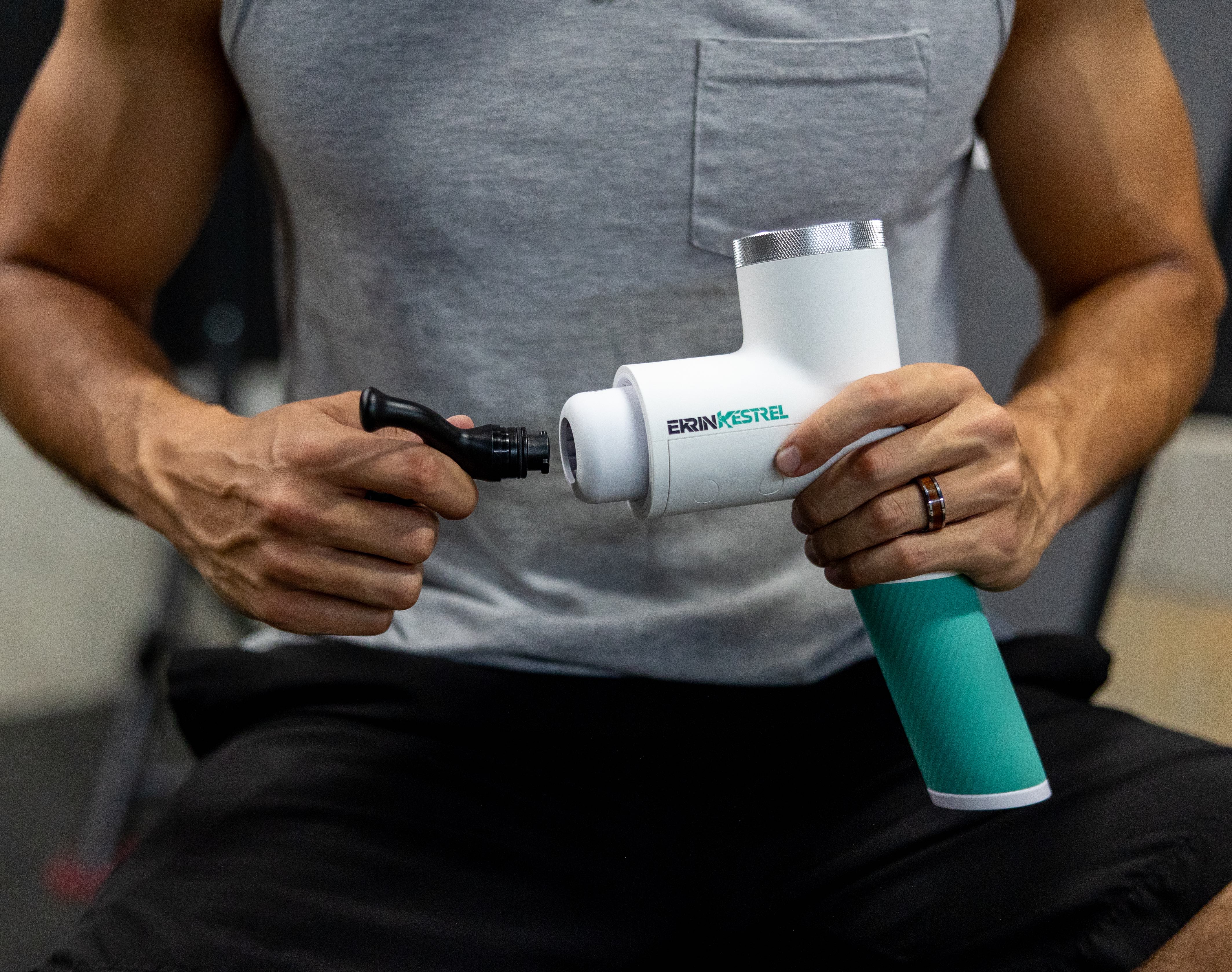
-
About Us
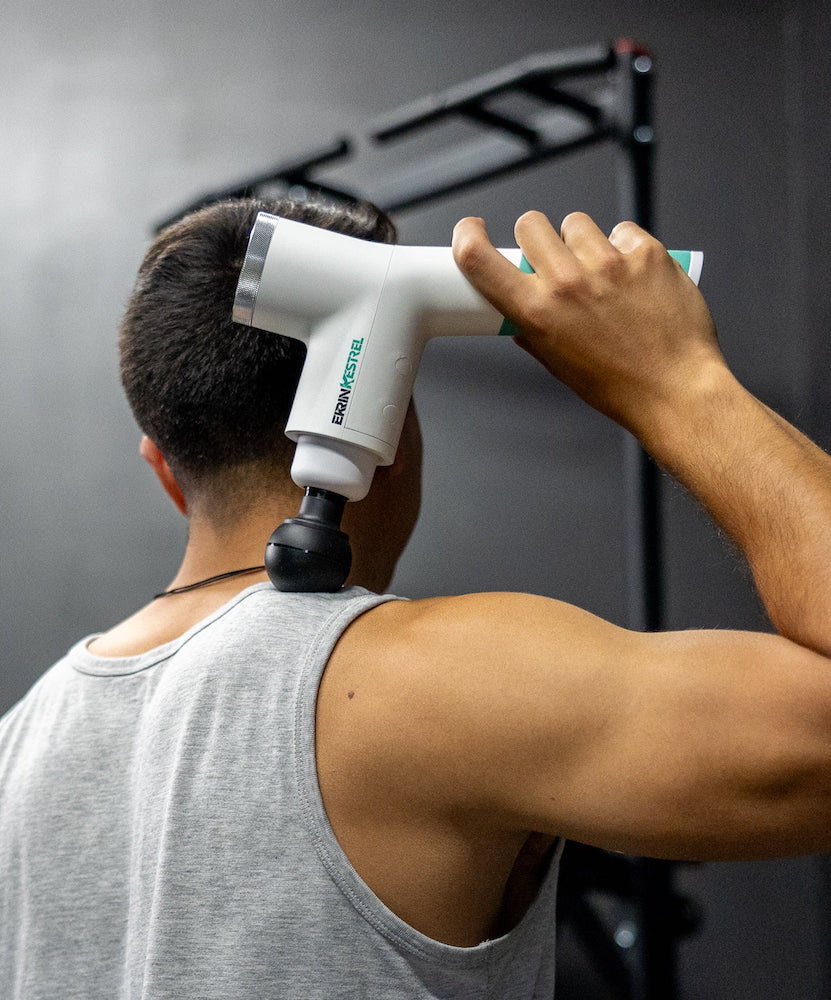
-
 4.8 114 reviews
4.8 114 reviewsEKRIN Kestrel
30% OffDesigned for those who want the very best.
-
 4.8 1050 reviews
4.8 1050 reviewsEKRIN Bantam
25% OffCompact, slim, and lightweight.
-
 4.8 1805 reviews
4.8 1805 reviewsEKRIN B37
25% OffThe benchmark in percussive therapy.
-
 4.8 301 reviews
4.8 301 reviewsEKRIN 365
25% OffPure ergonomics. Slim and lightweight.
-

EKRIN Recovery Bundle
30% OffThe most powerful and the most portable in one bundle.
Fast & Free Shipping • Lifetime Warranty









